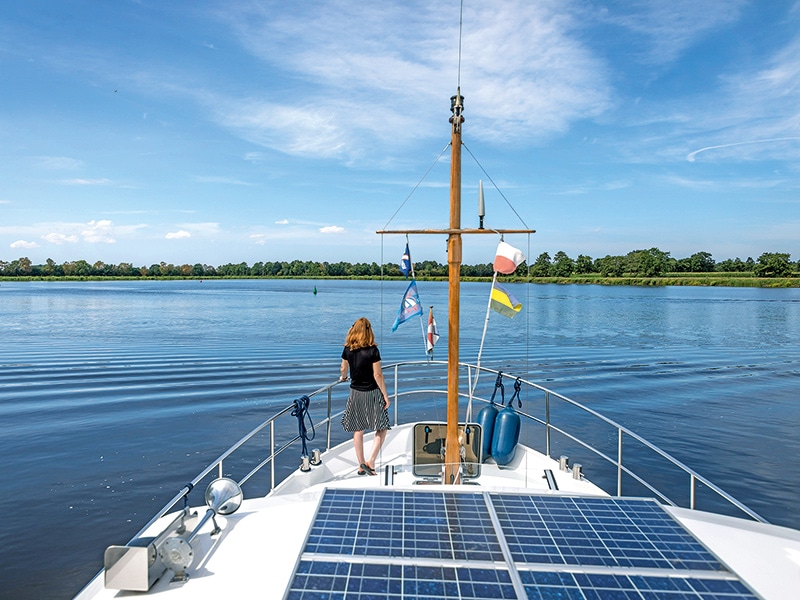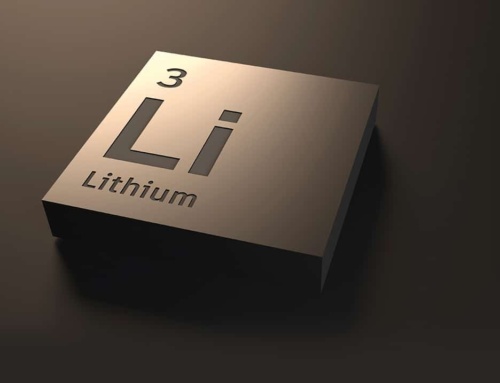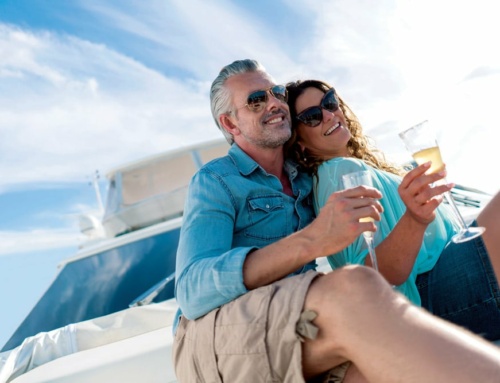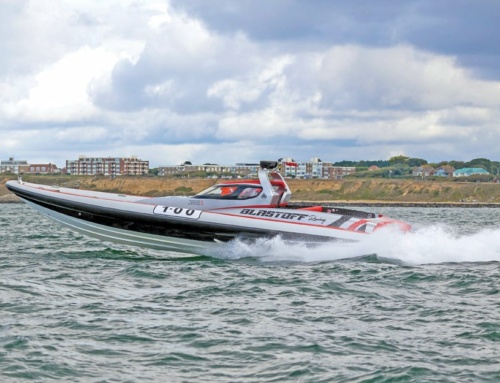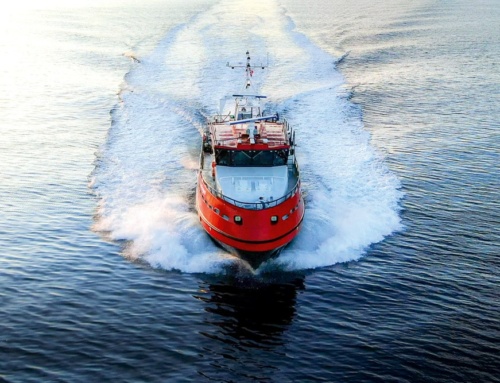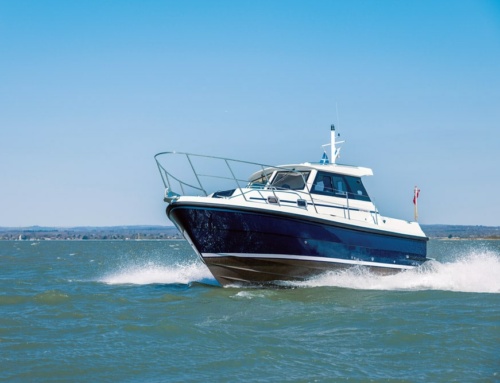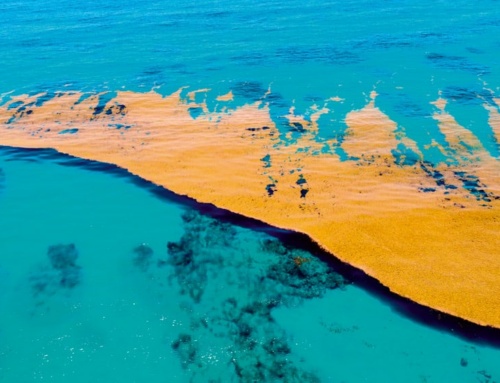- I tell you, if you want to see a hundred or more gorgeous steel cruisers you must come to Friesland!
- In 2008, the global financial crisis dealt a fatal blow to countless Dutch yards and support industries.
- I knew I’d overstayed my time in Cumbria when the claustrophobia set in.
- The Vripack 1150, for so many reasons, had the edge over the rest – it just looked ‘right’.
Grant Wyness recounts the tale of the search for the liveaboard of his dreams …
Liveaboard. A notion that’s never failed to stir me – it pulls right at the root of my desire to lead an interesting life. I have no memory of it ever being a bad idea, just knew that it would have to be addressed at some point. As a young man, I looked into the narrowboat life and quickly dismissed it. The peer pressure to buy property and stop messing about with escapist ideology won out. Yet it wasn’t escapism I was after – I figured a barge decked out with rugs and sheepskins would offer an affordable nest and perhaps make me an attractive proposition to the opposite sex. Those things were important to a 21-year-old Grant. Not knowing himself well enough yet, he was clueless in regard to getting his needs met.
As a Pisces, it follows that water should feature in my life choices. Way back, out of sheer necessity, I spent a part of my teens holed up in a camper van, earning a crust by salvage diving in Australia’s Sydney Harbour near the Opera House. With a scuba tank on my back and extra lead on my weight belt for ballast, I dug old bottles out of the murk, selling the least valuable ones to tourists. Lucrative as it was, the sheer number of biting and stinging things I encountered put me off scuba diving and the salty stuff for years. Returning to my motherland in 1987, I made new beginnings in the Lake District. To explore those famous lakes, I restored a 1960 Windermere classic wooden speedboat, followed by a plastic Winner Tigress. Much fun was had on Lake Windermere before the controversial speed limit.
I knew I’d overstayed my time in Cumbria when the claustrophobia set in. Had the 21-year-old Grant ignored society’s call for convention and bought his narrowboat, it would have manifested in the form of cabin fever and disappointment. Dark still waters and I were not well suited for the long term. The preprogramming for locational contentment must be in your DNA somewhere. I’d always viewed living by the sea as a life choice, not an absolute necessity. I needed a fix!
I moved to Menorca; I even towed the Winner Tigress there – and back. Adventures notwithstanding, I still hadn’t nailed a truly harmonious life. Next, water fix. Plymouth, Devon – that’s more like it, I thought. Access to a world-class harbour and coastline without the large biting fish to spoil my snorkelling. The full-on watery commitment was still a long-forgotten concept, until searching for a dayboat on the boats-for-sales with the £ slider unintentionally turned up. Among the sea of plastic, a Dutch steel cruiser called a Stevens 1040 popped up. It was the interior that appeared on the website first, and its vast space and amenity[u2] threw me. I considered Dutch steel cruisers to be canal/river boats, but this thing had twin Volvos, twin helms and proper keels to sit on if need be – it was meant to go to sea.
My wife and I made haste and viewed this boat in situ, finding it in need of essential steelwork. It was obvious that the boat was expertly made, and fitted out with copious rainforest materials. Woeful neglect had beaten the gloss off her inside and out. In an impulsive moment, I made a crazy low offer of £18,000 and it was accepted. I knew nothing of the Stevens brand and judged it purely on what was in front of me. The potential for a liveaboard was obvious – one that could take you across the Channel and beyond. The reassuring solidity of its expertly welded 5mm steel was unquestionable. What I didn’t realise was how difficult it would be to restore a 14-ton steel boat in Plymouth. Extensive sandblasting and grinding/welding are not marina friendly. The only feasible yard that would accept the boat had a crane limit of 12 tons. Property development and building is my day job, and as such I fancied getting thoroughly involved in the refurbishment. Taking the boat to another city was not an option, so I had to let her go. The following months of what-ifs haunted me, fuelling enthusiastic searches for another seagoing liveaboard. This time it had to be mint.
If, like me, you cogitate and research things to the nth degree, your perceived ‘rightness’ in the end makes your quarry a very rare beast. My understanding of Dutch steel cruisers had grown, but it soon became apparent that my ideal boat wasn’t for sale in the UK at that time. Cost expectations had been blown to bits – £50,000 wasn’t even close. I had to look at it from several perspectives to make sense of the prices: 1) it’s a bespoke and unique place to live, and how cheap can you get that these days?; 2) it can take nine months to build a steel boat; 3) there are a huge number of complex systems and specialist materials in a 12m Dutch cruiser; and 4) there are very few being made anymore. Supply and demand.
If you didn’t know, the Stevens, De Steven and Smelne brands are all the same Dutch boatbuilder. The Smelne name was dropped for the British market for reasons you might guess. When I stumbled upon the Smelne website, I was bowled over by the selection of used boats afloat under one giant roof. My wife and I had no choice – it was the perfect situation to really try on a range of boats for size.
The Smelne yard in Drachten is a 70-minute drive from Amsterdam – Drachten is in the Friesland province up in the north. Friesland, incidentally, has its own language, ‘Friesian’, the cow’s namesake. We didn’t expect somewhere sporting a big industrial estate to be so nice. The Dutch really are the masters of the urban aesthetic – business and home perfectly separated, entire villages of sensibly scaled bespoke houses with jetties out back, the masts and flybridges often standing taller than the house. I was a bit jealous that they could get it so right. Drachten is a cyclist’s fantasy, with endless wooded and flat open spaces, and lots of water as you’d expect. We stayed in an Airbnb in a lovely village called De Wilgen minutes out of town. If you do go to look at boats, you can make a mini holiday of it. The trip to the Smelne yard made me chuckle – the road it’s on is called De Steven. The romance was busted!
We were met by English-speaking Henk, who revealed all about the Smelne yard and the state of Dutch boatbuilding in general. In 2008, the global financial crisis dealt a fatal blow to countless Dutch yards and support industries. Traditionally the Dutch would pay off their mortgage early and use their home as collateral to buy a boat, but the banks pulled the plug on this immediately following the crash, with the market for new boats disappearing virtually overnight. Generations of highly skilled and specialised boatbuilders lost their jobs – exceptional know-how thrown overboard because of paper shufflers. To survive, Smelne commandeered their old steel workshop and turned it into a mini boat show. Haines Marine share this space too. The yard today offers decades of expertise and a comprehensive one-stop shop for a refit. Notably, people sail/haul their boats from all over Europe and the UK to get the Smelne finish. These days Smelne outsource the steelwork for their new boats, but the rest is still done in-house. The good Smelne name survives.
Our search was for a seaworthy twin-engine cruiser. There were a few beauties to look at, but we’re not ready for the £300,000+ leap just yet. The Holland mission was to see in principle what does and what doesn’t work for us as a liveaboard. So many brands and internal layouts. Dutch cruisers are truly bespoke. Every customer wants to make them their own. The Dutch do the DIY thing too. The hull and deck are made and the engine, running gear, steering installed, then driven off to a mooring or water garage to be fitted out at the owner’s leisure.
My wife insisted we looked at a single-engine cruiser called a Vripack 1150 (€139,000). Technically she’s not a Vripack as they are the designers not the builders. Vripack Naval Architects have a long pedigree and hold benchmarks for superyacht design. The 1150 was conceived by Dick Boon in 1996 based on his world-famous Doggersbank design. She is a wonderful shape, designed to go to sea, yet her conservative draught made her a fine river cruiser. The original owner used Dick’s plans and had her made at one of Vripack’s recommended steelworks, finally sailing her to an undercover water garage. It took another six years to complete the luxury fitment. The interior is a work of art. But she had only one engine.
This was a headache. One engine for coastal waters leaves no redundancy, which I’m not comfortable about. But it was too late – the love had descended. As a solution, I wondered whether the waterline dive platform held the key. How many horses would it take to push this hull? Inside one of the cupboards sat a folder full of the original plans for the boat’s construction – something worth framing. The Vripack office is based in Sneek, a 25-minute drive from Drachten. We borrowed the plans (with permission), and within moments of walking into Vripack’s office we were sat having a one-to-one with Ebele Tamminga, senior marine concept engineer and part owner. An out-of-body experience followed as I asked him whether a 20hp Power Thrust Honda fixed to a bracket in the middle of the dive platform would be a workable auxiliary. Yes, in reasonable weather, but it needed to be set 40cm to starboard to be out of the disturbance from rudder and prop. He said the power required to get the 1150 to hull speed (9 knots) was a paltry 67hp (theoretically). She was indeed an efficient hull.
Now, the final obstacle was the price. The boat held huge sentimental value for the deceased owner’s wife, and the fixation on her perceived value vs the work/modifications necessary left us with an unworkable overcapitalisation situation. While we were in Sneek, we discovered that a few doors down from the Vripack office there is a De Valk (brokers) showroom. While we cogitated on blowing the budget, the distraction of ‘another’ indoor spectacular floating showroom confronted us. I tell you, if you want to see a hundred or more gorgeous steel cruisers you must come to Friesland!
The Vripack 1150, for so many reasons, had the edge over the rest – it just looked ‘right’. It’s the closest I’ve been to achieving my old dream. I could finally visualise the liveaboard of my desires: the abundant light and space; the latent potential to up anchor and cruise as far as you dare; sheepskins and rugs de rigueur, of course!
At the time of writing this, Lynne and I are still hoping for the all-important call. Meanwhile the euro gets stronger. Stand by!
Notes on buying a Dutch steel cruiser
Fuel tanks will need to be drained to remove any sludge before a sea crossing. Calm river cruising doesn’t agitate the tanks enough to send the muck into the filters.
Antifoul will need to be changed for the salt version.
The anchor windlass will usually be the hand crank type – you might want to change it to electric. The anchor chain/rode will also be too short for deeper waters.
Tenders with outboards are not common – count on buying them.
Reputable boat brokers will do the paperwork to change the country-of-origin flag for you. They will also inform you of any VAT or finance liability.
Both Smelne and De Valk will arrange haulage for the boat to the UK – Drachten to Plymouth: €4,500 to €6,000.
It’s likely insurers would consider the ‘Day Skipper’ qualification to be the bare minimum for a voyage from the Netherlands to the UK.
Life jackets are not common – be prepared to bring over or buy all the safety gear in Holland.
Helm seats are usually the unfixed type. Obviously not good for a Channel crossing!
The Dutch are fastidious about their boats, which are likely to be in far better condition than the UK equivalent.
Deposits are usually taken before surveys and trials, but this is not mandatory.
Hull and full surveys, including cranage, are considerably cheaper in Holland than the UK.
Many hull shapes will not be seaworthy. Multi chines will be more stable – look for keels and skegs in the design. Retrofitting of stabilising keels is difficult due to the welding (heat) in the proximity of the fuel tanks and systems.
Single-engine boats will need careful thought as to how you limp them home in an emergency – Sea Start doesn’t operate everywhere.
A single-engine boat will need a bow thruster as a minimum – hydraulic bow and stern thrusters will serve you well among the UK tides and wind.
The Smelne yard are happy to provide helm tuition and navigation advice.
Liveaboard notes
12m or under is a good size for sensible marina fees, yet plenty big enough as a liveaboard for a family of three.
Liveaboard is still a sensitive concept for many of the ‘posher’ marinas. Quite rightly they don’t want you building herb gardens on the pontoons. Talk straight and true of your intentions and you might be surprised how accommodating they can be.
Bank on £550 per month for the basic costs for a 12m boat in an accommodating marina.
Cranage, cleaning and antifouling: at least £1,000 per annum. DIY is cheaper.
Two-part paint systems like Alexseal and Awlgrip should have a 12-year life – if need be, allow £20,000 for a complete professional strip down and respray.
There’s great camaraderie to be had in the marina environment. Help and advice are more forthcoming than in any land situation.
Contacts
We stayed in De Wilgen – email Oebele Veenstra on o.a.veenstra@algarve-villas.nl. The rate will be cheaper bypassing the Airbnb portal.
Smelne contacts: www.smelne.nl – ask for Henk van der Velde.
De Valk contacts: www.devalk.nl/en/offices/sneek.html – ask for Pieter Bosma.
Karl Farrant is the UK contact/agent for Smelne: www.karlfarrant.co.uk;
Tel.: 01932 853925

